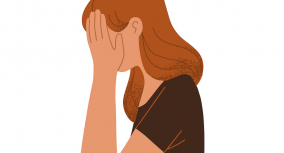The Bell Jar narrates the events that took place in reality in the summer of 1953, adding some fictional details. The autobiographic novel mentions the Rosenbergs’ execution that happened in New York in the same year. Besides, the protagonist’s health history reflects the author’s experience of the same year.
More Information
1953 was the year when Sylvia Plath passed her internship at Mademoiselle magazine. Esther Greenwood, the main character of The Bell Jar, was a guest editor at Ladies’ Day in the same year. The novel covers the events during the entire summer of 1953 and a couple of months after it when Esther was at the private hospital.
The 1950s was the time in America when patriarchic values shaped social life and gender roles. Women were expected to marry and raise children. They could attend colleges and universities, but as they got a husband, their career was doomed. Esther once described a metaphoric image of herself sitting under a fig tree. She could not make up her mind which fig to pick, as each represented a life choice. Marriage and children were not combinable with any career, so she had to choose only one option.
This imagery depicts the dilemma women had to face: either to have a family or to develop. But men could have both.
Another expectation that society imposed on women was the ideal of innocence and purity, i.e., no sex before marriage. Of course, men were never reproached for leading a sexual life or expressing their desires.
These double standards contradicted the aspirations of ambitious women like Sylvia Plath and Esther Greenwood.
Thank you for reading this article! If you are looking for essay title ideas on The Bell Jar, take a look at our essay topic collection or try using our title-generating tool.














